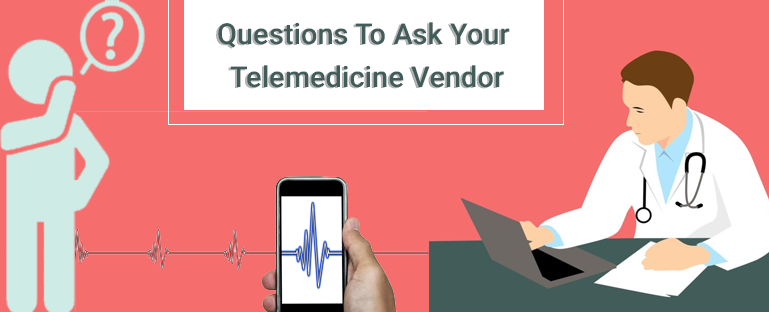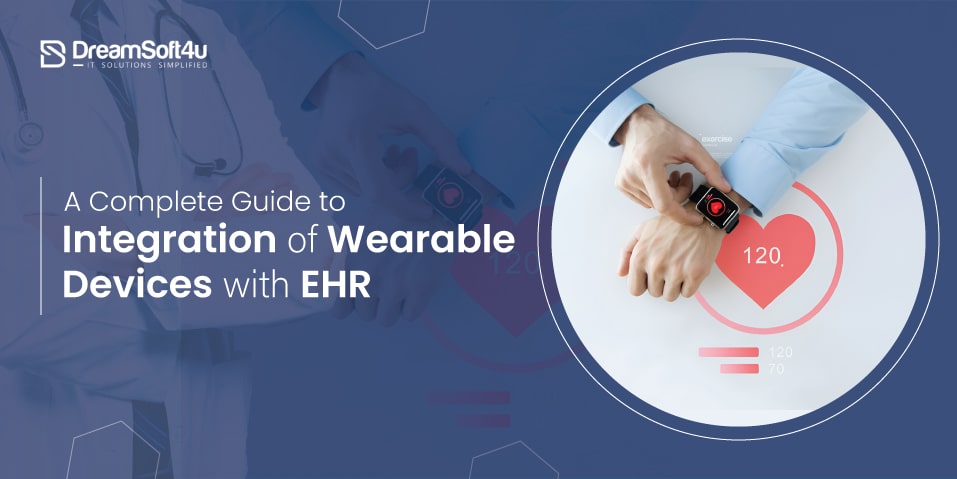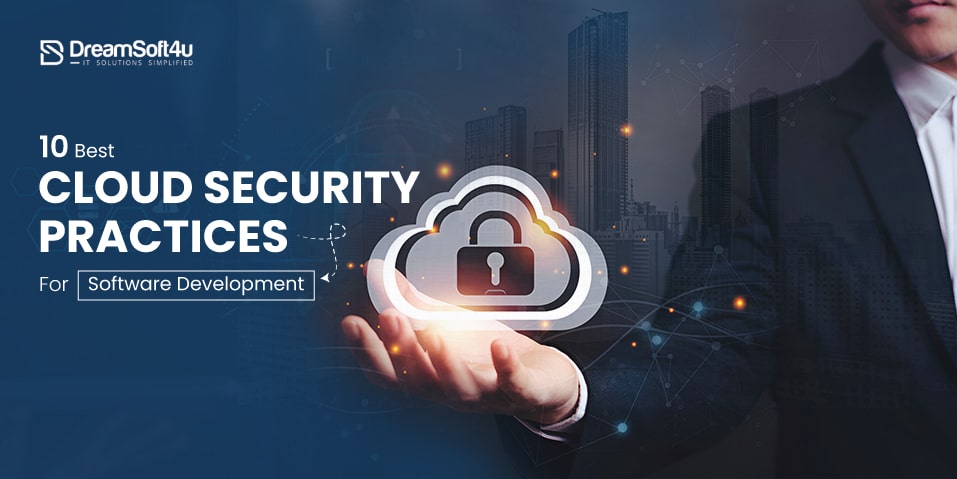Telemedicine is described simply as “the remote delivery of healthcare services.” Initially, Telemedicine was developed as a way to treat patients with few doctors in remote areas. Yet now, it draws people everywhere, as this technology’s simplicity has become a huge draw. Patients with an internet connection and a video device do not go to the doctor’s office anymore.
Telemedicine allows health care practitioners to use telecommunications technologies to identify, diagnose, and treat patients at a distance. Telemedicine helps you to explore symptoms, medical conditions, and more in real-time with a healthcare provider. Telemedicine field is changing faster than ever before.
Telemedicine is on growing stage in healthcare IT solution by this demand of telemedicine service provider in India increasing.
Telemedicine app development has begun to transform the healthcare sector landscape and has shown that creative technologies are in desperate need of our healthcare system.
Table of Contents
ToggleQuestions to ask your telemedicine vendor
These are the following questions you can ask the telemedicine software Development Company or vendor for the telemedicine apps development:
1. Is the platform secure and HIPAA compliant?
Everybody is aware of the recent breaches in health data and the increasing value of software security in the healthcare sector. Ask the telemedicine provider how they maintain compliance with HIPAA and what they have done to create a platform that is 100 per cent safe.
2. Is technology in the cloud?
Telehealth applications are, of course, connected to the Internet, but are not usually located there. A cloud-based telehealth application has benefits over an on-premise application. Second, there is no supplementary equipment to purchase that might generate unnecessary overhead. Second, security updates, which should occur regularly in a cloud environment, occur seamlessly. Look for a provider that doesn’t need much additional equipment to make the technology work.
3. What are the initial and ongoing costs?
Prizing can be tricky to break down. Ask the telemedicine provider what sort of recurring costs you can expect outside the set-up costs or monthly charge. Also, bear in mind that it is a continuous expense if you choose to purchase extra data storage or some kind of repair kit.
4.What are the video conferencing and communications capabilities?
The main element when designing your telemedicine network is your video and communications platform. Besides making sure the application you are using is compatible with HIPAA, you do want to make sure it suits your needs now and in the future. Some main features to consider:
- Are they on mobile devices? What ones?
- Are there browser needs?
- What network specifications are required? Was it making patient contact at home? Does that require additional IT support?
- Does it have safe text-chat with sending images?
- Is it allowing live sharing and annotation of laboratory examinations, X-rays, MRIs?
- Does it have video peripheral devices?
Don’t just count on a demo for sales. Spend time for the clinicians to check out their video apps and get feedback. Find out where they get mixed up and determine if that is a deal-breaker. It’s important to remember that video links can be finicky if you are serving remote areas and weak internet patients.
5. Does the System Support Device Integration?
Some software for telemedicine does not provide incorporation of the health tools. It covers a wide range of devices, ranging from home blood pressure and glucose monitoring to Fit Bit and MiBand devices that many patients use. And if this integration is not included in the program, however, it should still be able to read the data from those apps.
6. What Kind of Additional Features are Offered?
Look closely at the additional features that you have to give to decide which ones the practice requires. Some extra features sound like luxury products and then you’re using them and you can’t believe you’ve ever run a practice without them.
Billing: Integrated billing is great for streamlining your workflow, especially if you charge a flat fee for visits to telemedicine or use a direct-pay model.
EMR compatibility: It appears that most practices design workflows around their EMR. Ideally, you should import your records with your Telehealth app.
Mobile application: True remote healthcare includes mobile app-including applications. You need to know what devices it runs on, as well, such as iOS, Android, and Windows.
7. Does the Product Include Online Workflow Features?
You want software that suits your workflow perfectly, from scheduling through to billing and record-keeping. Ask about these:
- Appointment setting
- Communicating before the appointment begins
- Customizing patient intake forms
- EMR integration options
- Payment
- Record keeping
- Signing consent forms
8. Is the Platform able of Processing Reimbursement?
It’s always a good idea to ask the vendor how the reimbursement works, even if your plan is direct pay. Will the software create a log or invoice for the visit automatically? Which form of documents does it cover? Answers from the provider will prove he or she knows how the reimbursement works.
9. How mobile-friendly is the application?
When the practice does not adopt “mobile-first” techniques, you will find yourself struggling to cope with larger practices. Select a telehealth application that was planned to be at the forefront of their approach with mobile apps.
10. Does the telemedicine software company Provide Marketing Materials?
Whether you are starting a telemedicine practice or just incorporating remote treatment to your current model, you want to get the word out and let it be known to patients and other providers as well. It is a great incentive if the vendor provides some marketing tools.












